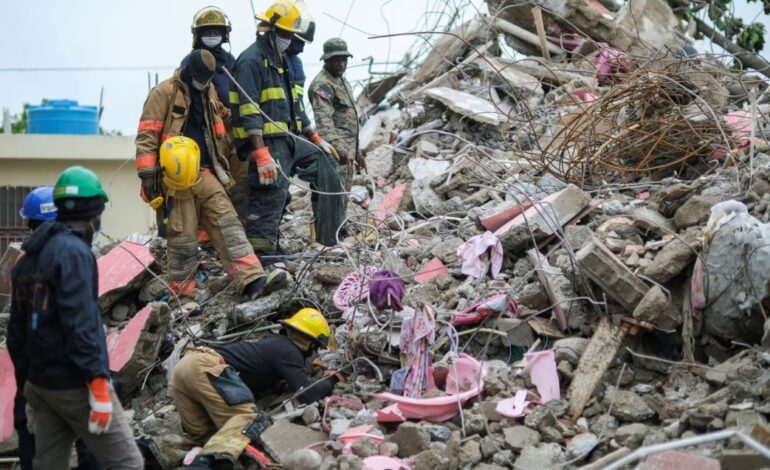
Avellon Williams
PORT-AU-PRINCE- HAITI – Two earthquakes struck Haiti on Monday, killing at least two people and injuring at least 50 others.
The two powerful earthquakes hit the department of Nippes, on the Tiburon Peninsula, within an hour, causing widespread damage to homes in the area.
An earthquake measuring 5.4 magnitudes struck at 8:20 am local time, closely followed by a slightly heavier 5.6 magnitude quake at 9:06 am, according to a report by the U.N. Office for the Coordination of Humanitarian Affairs (OCHA).
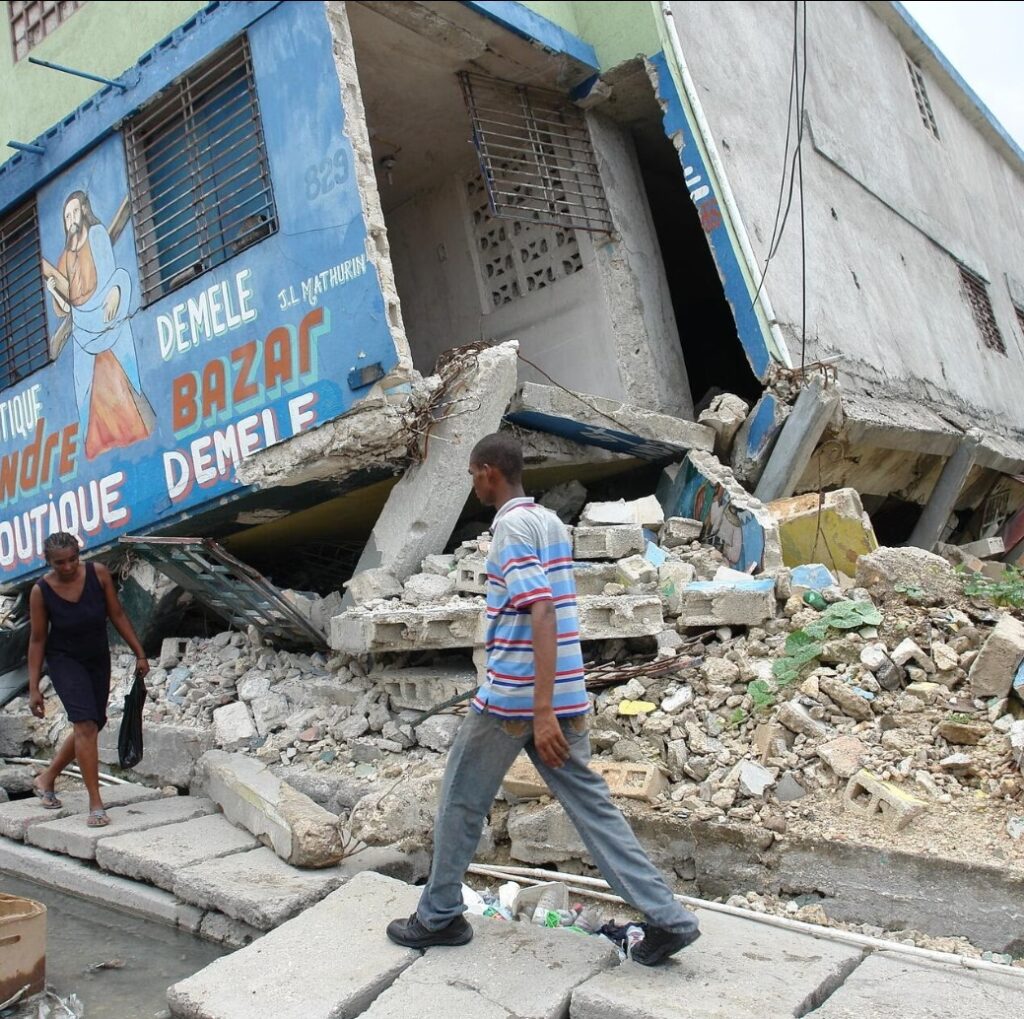
In Fonds-des-Nègres, a landslide and a collapsed wall caused the deaths of a man and woman, whose names were not released.
As a result of the earthquakes, 52 people were injured, including 21 students who were admitted to the Sainte Thérèse Hospital in Miragoâne. Among the students, “seven were unresponsive” and “three were in shock.”
Over 590 properties have been damaged, leaving 834 families homeless and in need of assistance. Schools have been closed in Nippes and the neighboring department of Sud.
Several days before the earthquakes, Haiti marked the 12th anniversary of the disastrous 7.0 magnitude earthquake in January 2010 which destroyed Port-au-Prince and caused the deaths of at least 200,000 people.
Less than six months ago, a 7.2 magnitude earthquake struck the Tiburon Peninsula, killing at least 2,248 people and injuring at least 12,763 others.

Over half a million people were affected, and more than 137,000 buildings were damaged or destroyed.
According to the Incorporated Research Institutions for Seismology, Haiti sits on the island of Hispaniola, which is spread across four tectonic plates. They include the Caribbean Plate and the Microplates of Gonâve, Hispaniola, and North Hispaniola.
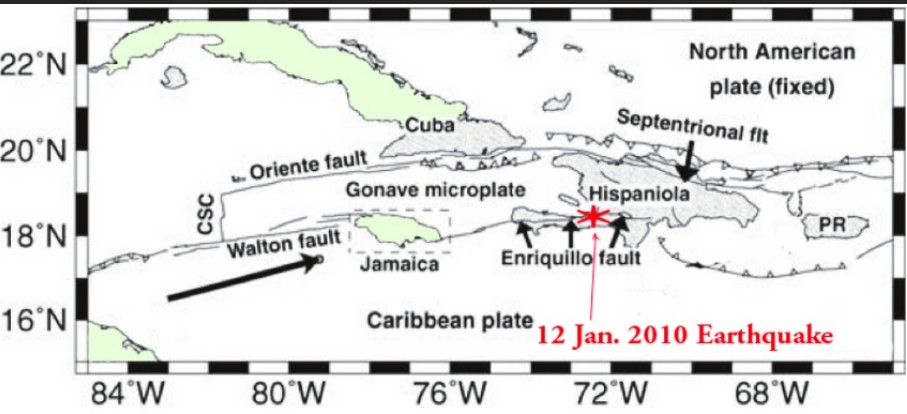
According to a recent study, the Caribbean plate is gradually shifting eastward by nearly 20mm (nearly 0.8 inches) per year in comparison with the larger North American plate, which is pushing southwest itself at the same time.
Friction between these plates, in particular, has created the Enriquillo-Plantain Garden fault zone, a system of faults that crosses the southernmost parts of Hispaniola and often produces earthquakes.
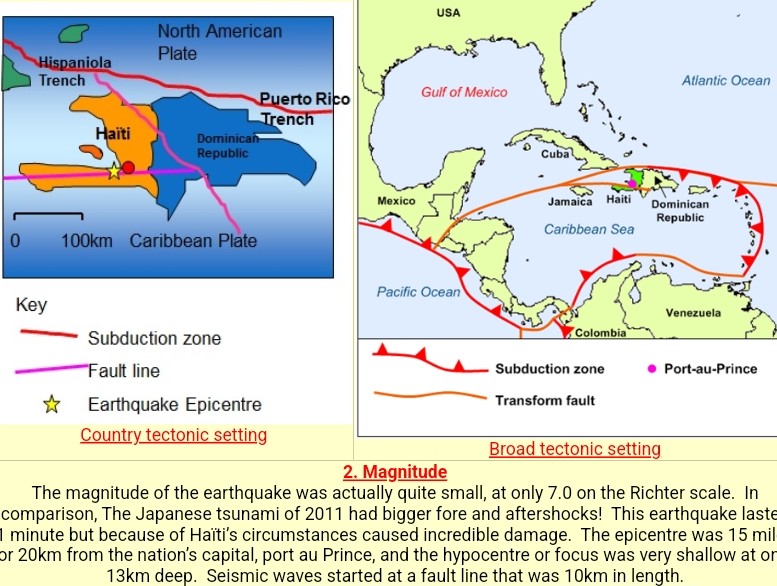
As a result of both the force and frequency of earthquakes, catastrophic damage can be caused. OCHA reports that many of the houses damaged and destroyed in the recent earthquakes had already been “weakened by the earthquake that struck 14 August 2021.”

Haiti is one of the poorest countries in the world, with a high level of poverty and low economic growth.
Furthermore, there is a lack of government infrastructure and services that could help mitigate some of these risks. The country has been suffering from natural disasters like hurricanes, earthquakes, and tsunamis for many years.
In November 2016, Hurricane Matthew caused widespread flooding and destruction across southern Haiti, leaving thousands of people homeless and killing more than 500 people.
On October 12th, 2017, Hurricane Maria hit the country with winds of up to 155 mph, killing at least 316 people and leaving more than 100,000 without power or access to clean water for weeks after it had passed through.
The country is also on the list of countries most vulnerable to climate change. This means that it will be harder for Haiti to recover after future disasters.



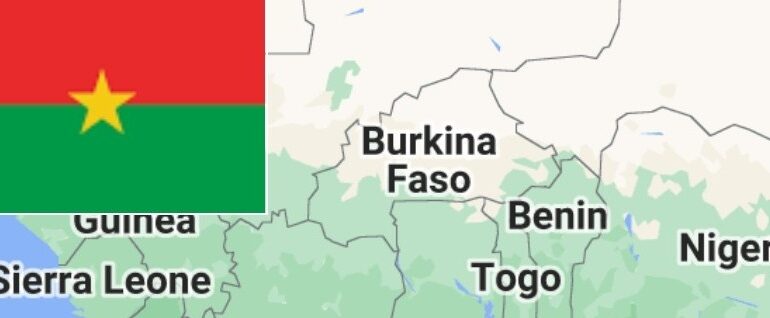

Recent Comments